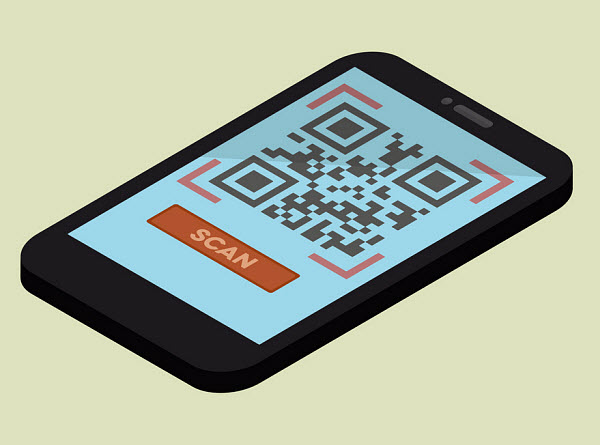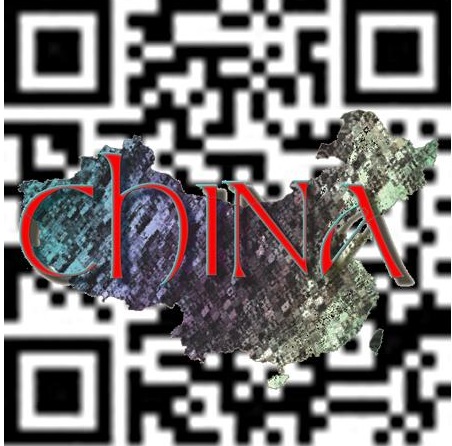Seafood cases and menus now feature quick response codes that can be scanned by guests.
The BlackSalt Fish Market located in Northwest Washington now sells dozens of different types of fish and shellfish, and has assigned QR codes to every one of them in order to provide customers with the information that they need to answer more of their questions, and to bring that knowledge home with them on their mobile devices.
These quick response codes are located on all of the menus and seafood cases of the company.
According to the fish monger for BlackSalt Fish Market, among the largest challenges that have been faced is in keeping track of the large amount of data regarding a given fish that is being sold, such as where it was caught, what techniques were used for catching the fish, who caught the fish, and so on. The QR codes provided a very helpful tool that would allow this information to be accurately and clearly relayed to customers who would like to know more about what they are buying and eating.
The Black Restaurant Group is now using QR codes to expand on their efforts to keep consumers informed.
The Black Restaurant Group includes locations such as Republic and Pearl Dive Oyster Palace. Over the last year, it has been making a concerted effort to provide its customers with a way to obtain a better understand of where, when, and how the fish was caught, and by whom. According to M.J. Gimbar, a fishmonger for the company, the purpose is to build greater transparency within an industry that has increasingly been experiencing consumer distrust due to widespread cases of fraud and mislabeling.
Gimbar explained that it is easy for Seafood to be altered or swapped, without the customer’s knowledge. Therefore, Black Restaurant Group is working to make sure that their own customers always know exactly what they are getting and how that seafood came to be available to them. The project, itself, was more challenging than had been anticipated. Keeping the QRcodes up to date and interesting caused a struggle, particularly after time had passed following the coverage by NBC, ABC, and National Geographic.
The excitement over the QR codes had started to die off until the traceability element was introduced, which provided information about each and every type of fish. This has regrown the customer interest and barcodes are being scanned once more.

 In order to obtain the necessary app, customers merely need to text the letter “a” to the short code 10658081, or they can log on to an advertised website so that it can be downloaded directly from the site. Once they have the application downloaded and installed, they can quickly and easily scan any of the QR codes that are linked to this program.
In order to obtain the necessary app, customers merely need to text the letter “a” to the short code 10658081, or they can log on to an advertised website so that it can be downloaded directly from the site. Once they have the application downloaded and installed, they can quickly and easily scan any of the QR codes that are linked to this program.